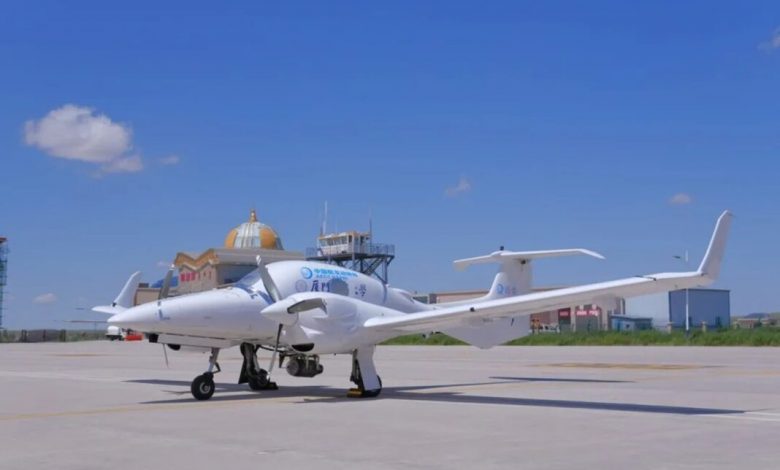China tests 3D-printed jet engine

China has successfully completed the maiden flight of a domestically developed 3D-printed, ultra-lightweight turbojet engine.
The flight test, conducted Tuesday in Inner Mongolia, saw the miniature jet engine reach an altitude of 4,000 meters, validating its operational reliability and stability in real-world conditions, according to Aero Engine Corporation of China (AECC).
In a press release issued Wednesday night, AECC confirmed that the engine is China’s first turbojet in the 160-kilogram thrust class to be manufactured entirely using multi-disciplinary topology optimization and 3D printing technologies.
“This successful inaugural flight lays a more solid technical foundation for the research and development of future advanced aviation engines in China,” AECC said.
The innovation integrates advanced design methodologies with additive manufacturing processes, filling what AECC described as a “crucial domestic gap” in full-engine engineering using 3D printing. The company noted that its research team pioneered multi-disciplinary topology optimization tailored specifically for additive manufacturing. This approach enabled engineers to significantly reduce the engine’s overall weight while improving key performance metrics.
Prior to the flight, the engine underwent extensive ground-based testing to verify performance and durability. AECC said these trials ensured the engine met all operational targets and validated its service life.
This class of compact, lightweight turbojet engine is well-suited for installation on new generations of strike and reconnaissance drones, as well as light cruise missiles. Its small size and high thrust-to-weight ratio make it a versatile option for unmanned aerial platforms requiring extended range and speed.
By leveraging 3D printing for complete engine production, Chinese engineers aim to accelerate development cycles and reduce dependency on traditional manufacturing chains.





